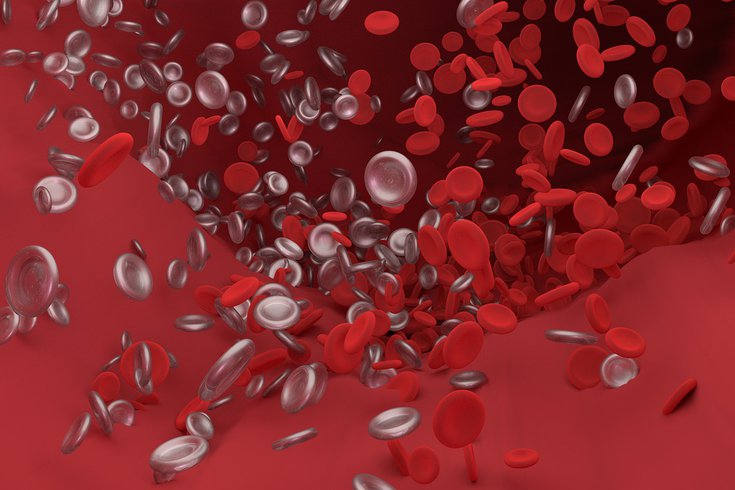
April 24, 2020
 Narupon Promvichai/Pixabay
Narupon Promvichai/Pixabay
Doctors treating patients with COVID-19 have found that the coronavirus infection is causing blood clots to develop, increasing the risk of complications like deep vein thrombosis and stroke.
While the primary symptom of COVID-19 is respiratory distress, growing evidence suggests that the coronavirus affects other parts of the body.
Medical experts are just now beginning to understand the association between blood clots and COVID-19.
It's not clear whether the coronavirus directly causes blood clots to form, or if they are a side effect of the body's inflammatory response. But the risk of blood clots is making an already serious disease that much more life-threatening.
A special report from the National Institute for Public Health of The Netherlands offers clinicians guidance on the prevention, diagnosis and treatment of blood clots in patients with COVID-19. The report, along with two research letters and a case report, were published in the journal Radiology.
"Worldwide, COVID-19 is being treated as a primary pulmonary disease," Dr. Edwin J.R. van Beek, of the Queens Medical Research Institute at the University of Edinburgh in the United Kingdom, said in a statement. "From the analysis of all available current medical, laboratory and imaging data on COVID-19, it became clear that symptoms and diagnostic tests could not be explained by impaired pulmonary ventilation alone."
The data suggests that blood clots in the lungs may be contributing to respiratory failure in patients with severe COVID-19, researchers say. Acute respiratory distress syndrome alone is not to blame.
Specifically, strong links were found between D-dimer levels, disease progression and chest CT features.
High D-dimer levels, which indicate the presence of a blood clot, were associated with severe disease and poor prognosis. The earlier blood clot complications can be identified and treated with anti-coagulant therapy, the better chance of positive outcomes for the patients, according to the report.
Additionally, the rate of blood clots in the lungs was higher in COVID-19 patients than in other critically ill patients in two hospitals in France, according to the two letters that accompanied the report. These patients also were more likely to need a ventilator.
A case report from Cooper University Hospital in Camden, New Jersey, also described the development of pulmonary and arterial thrombosis in an 84-year-old man with COVID-19.
Blood clots are not just being observed in the lungs of COVID-19 patients, but throughout the entire body, van Beek said.
And it's not just people who already have a history of blood clots who are at risk.
A 45-year-old patient hospitalized at North Shore University Hospital in Long Island, New York had to have his leg amputated below the knee because of a dangerous blood clot. Deep vein thrombosis – when a blood clot forms in a major vein – most commonly occurs in the legs.
"He had no history of peripheral vascular disease, nothing that would predict this outcome," the patient's critical care pulmonologist, Dr. Hugh Cassiere, told NBC News. "That's how severe this clotting can be."
Some doctors also are seeing an uptick in strokes among COVID-19 patients, especially those in their 30s and 40s. Ischemic strokes occur when a blood clot cuts off blood flow to the brain.
Dr. Thomas Oxley, a neurosurgeon at Mount Sinai Health System in New York, and his colleagues have treated five people under the age of 50 for COVID-19-related stroke. They all either had mild COVID-19 symptoms or were asymptomatic before the onset of stroke.
The doctors urge anyone who develops symptoms of a stroke such as face drooping, arm weakness or speech difficulty to call 911 immediately.